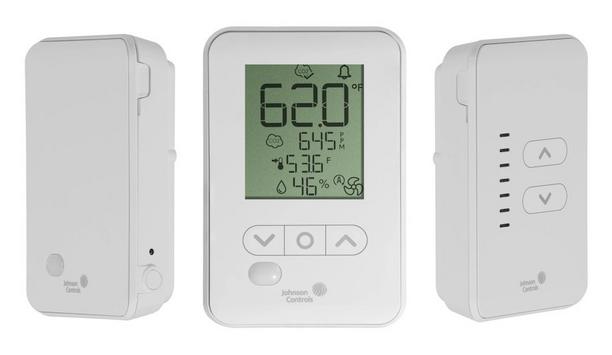A new study by Harvard’s School of Public Health, SUNY Upstate Medical, Syracuse University, and United Technologies, titled “Economic, Environmental and Health Implications of Enhanced Ventilation in Office Buildings,” finds that doubling the ventilation rates in office buildings returns up to $6500 worth of productivity gains per person, per year.
The study also finds that using energy recovery ventilation mitigates the extra energy costs from increased ventilation.
This work builds on another recently released study, titled “Impact of Green Building on Cognitive Function“, from the same research team. Unlike previous work that linked increased ventilation to improved health, the initial study from this group focused on the cognitive benefits of increased ventilation rates.
Initial cognitive study
The initial cognitive study was conducted on two-dozen participants and took place over two weeks.
Participants performed their normal work functions until 3 p.m. and then completed an hour and a half of cognitive tests. Nine different cognitive categories were measured.
Results indicated an average cognitive improvement of 101% over all nine categories when office ventilation rates were set to double the standard code-minimum rates.
Highest cognitive improvements
The new economic study concludes the public health benefits of enhanced ventilation
The highest cognitive improvements were measured in the information usage (299%), strategy (288%), and crisis response (131%) categories.
The new economic study concludes that the public health benefits of enhanced ventilation far exceed the per-occupant costs.
The study also finds that adding ERV to a building’s HVAC system neutralizes energy cost increases, removing any economic and environmental barriers for widespread adoption of increased ventilation rates.















